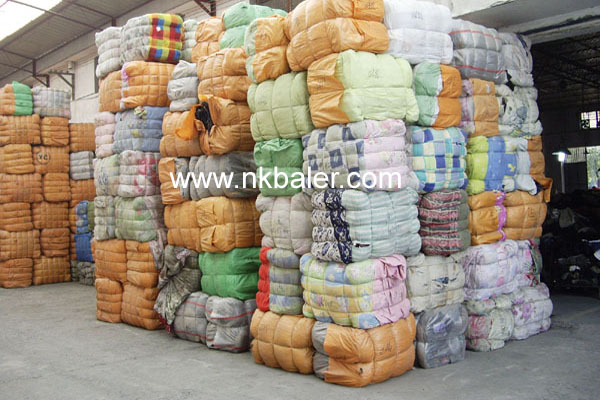When exploring the development prospects of wool bale presses,it’s essential to consider various factors such as technological advancements,market demand,and sustainability concerns. Here are some insights into the potential future of wool bale presses: Technological Innovation:Automation and Efficiency Improvements:There is a continuous push for automation in agricultural machinery to increase efficiency and reduce labor costs. Wool bale may see advancements that allow for faster baling,higher compression rates,and automated tying and wrapping mechanisms.Precision Engineering:To improve the quality of the bales produced,precision engineering could be incorporated to ensure consistent density and shape,which is particularly important for transport and storage.Energy Efficiency and Power Options:Electric and Hybrid Models:As the agricultural sector becomes more environmentally conscious,wool bale presses might adopt electric or hybrid power options to reduce emissions and operational costs.Solar Power:Integrating solar panels to power wool bale presses could be a possibility,especially in remote areas with abundant sunlight.Material Handling and Sensor Technology:Integration of Sensors:Sensors can be used to monitor bale quality,moisture content,and even the type of material being baled,allowing for real-time adjustments to the baling process.Smart Machinery:Connectivity features like IoT (Internet of Things) integration could enable farmers to monitor and control their equipment remotely,optimizing the baling process and maintenance schedules.Sustainability and Environmental Impact:Renewable Materials:The construction of wool bale presses may increasingly use recyclable or biodegradable materials to reduce the environmental footprint.Waste Reduction:Better compression techniques can lead to reduced waste by creating denser,more stable bales that have less risk of breaking apart during transport.Market Adaptability:Multi-Purpose Balers:Balers that can handle a variety of materials,not just wool,could become more common as they offer greater flexibility to farmers.Customization:Customizable features that cater to specific regional needs or types of wool could enhance usability and desirability in different markets.Global Market Dynamics:Emerging Markets:As agriculture grows in importance in developing nations,there could be increased demand for efficient and affordable wool bale presses.Trade Policies:International trade policies and agreements may influence the export potential of wool bale press manufacturers,expanding their market reach.Regulatory and Safety Standards:Compliance with Regulations:Stricter safety and environmental regulations might prompt manufacturers to design more compliant machinery.Safety Features:Enhanced safety features,such as emergency stop mechanisms and protective barriers,will likely become standard.
Development prospects of wool bale presses appear to be focused on enhancing efficiency,embracing technology,and prioritizing sustainability. Manufacturers who keep pace with these trends are likely to thrive in the future marketplace. However,actual development will depend on a variety of factors including technological feasibility,economic conditions,and market demands.
Post time: Jul-03-2024